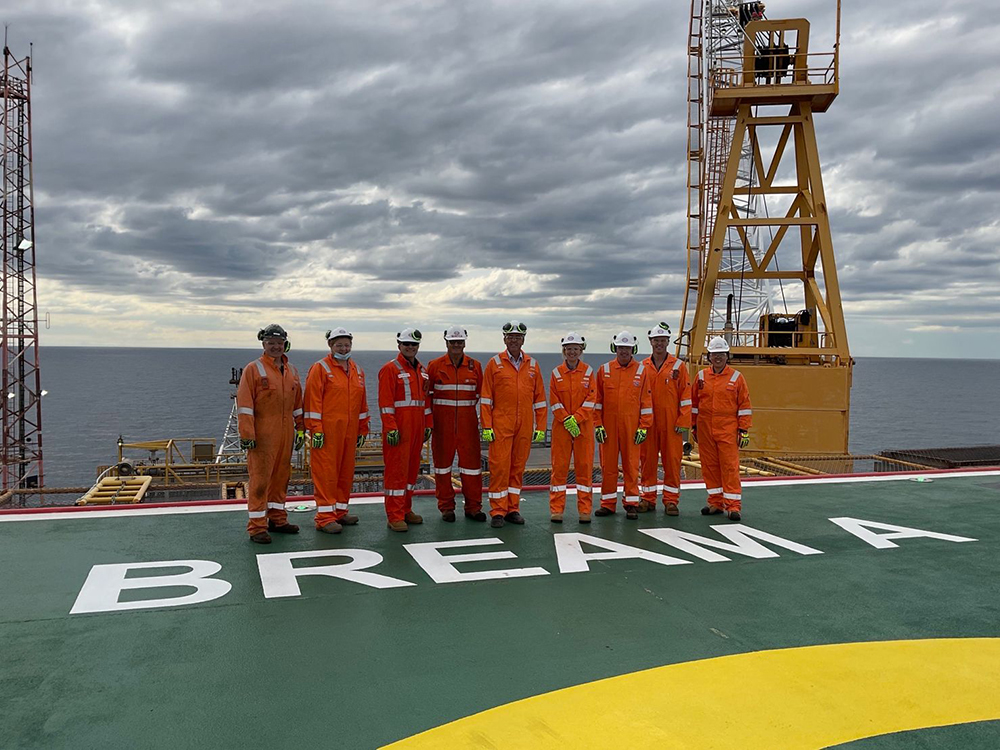
APPEA has released its Key Statistics 2020 publication which highlights key trends and themes for the oil and gas sector both domestically and internationally.
In 2018, Australian oil production jumped to its highest level since 2010, while natural gas production continues to grow and set new records as higher demand is seen in the Australian economy as well as Asian LNG customers.
In 2017–18, oil was the largest primary energy source in Australia, providing nearly 39 per cent of all energy consumed. Natural gas provided 25 per cent of primary energy. Renewables accounted for just over 6 per cent of Australia’s primary energy consumption in 2017–18.
Since the lows of 2016, oil prices were steady or rising but plummeted this year as the COVID-19 pandemic reduced demand. On 1 January 2020, the price of Brent crude oil was US$66 per barrel. By April, the average had declined 72 per cent to $18.38. For the first time in history, US crude oil (WTI) futures dipped below zero.
“These are difficult times for the global industry,” the APPEA report states.
Production
Australian petroleum liquids production rebounded in 2019 to 172 million barrels, up 37 per cent compared to 2018. However, it is still significantly lower than peak production in 2000 at 287 million barrels. The increase in 2019 was primarily due to increased condensate production from the new Australian LNG projects.
Australia’s natural gas production (domestic use and LNG) increased by 11 per cent in 2019 compared with 2018. Production has more than doubled over the last five years with double digit growth year-on-year since 2014.
Exploration
Exploration statistics up to December 2019 represented an improvement in terms of both onshore and offshore exploration wells drilled but activity remained low compared to the highs of the previous decade.
Trade
Australia imports and exports significant quantities of petroleum and petroleum-related products. In 2018–19, Australia recorded a A$22.5 billion surplus in the trade of oil and gas — the highest surplus in the last 30 years. This is primarily due to a 61 per cent increase in value of LNG exports. The increased exports of LNG have made a significant contribution to Australia’s economic growth over the last few years and have helped maintain economic resilience in the face of COVID-19 related economic challenges.
Economic contribution
APPEA’s 2017–18 Financial Survey—the 31st instalment of the survey of the sector’s financial performance—showed the oil and gas industry contributes around $5.8 billion in tax, rents and royalties.
Rebounding from a record operating loss of $7.6 billion in 2016–17, the 2017–18 survey showed industry recorded an overall profit of $6.88 billion. This was driven by an increase in oil and gas sales revenue of approximately 61 per cent to $54.3 billion in 2017–18 on the back of higher production and improvements in the petroleum price.
Industry investment
The oil and gas industry continues to invest in Australia — more than A$350 billion over the last decade alone. Since APPEA’s Financial Survey commenced in the mid-1980s, cumulative investment over the period has been almost four times greater than the industry’s cumulative net profit.
While COVID-19 has seen projects delayed in the face of challenging market conditions, the oil and gas industry had over A$88 billion worth of projects in the pipeline as at October 2019.







